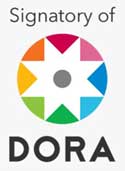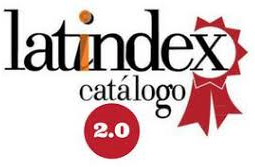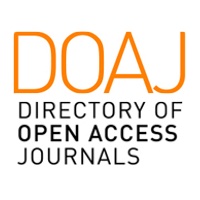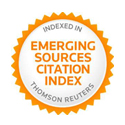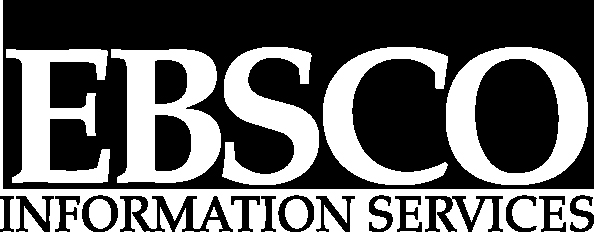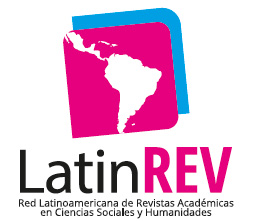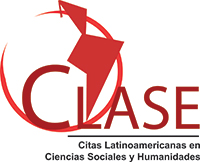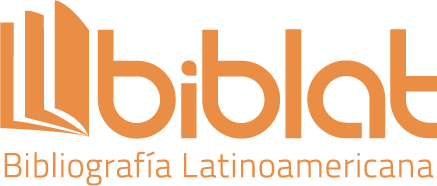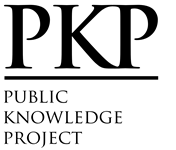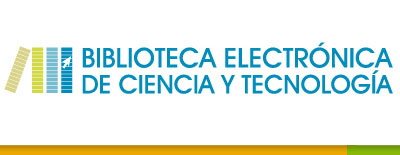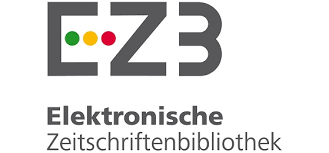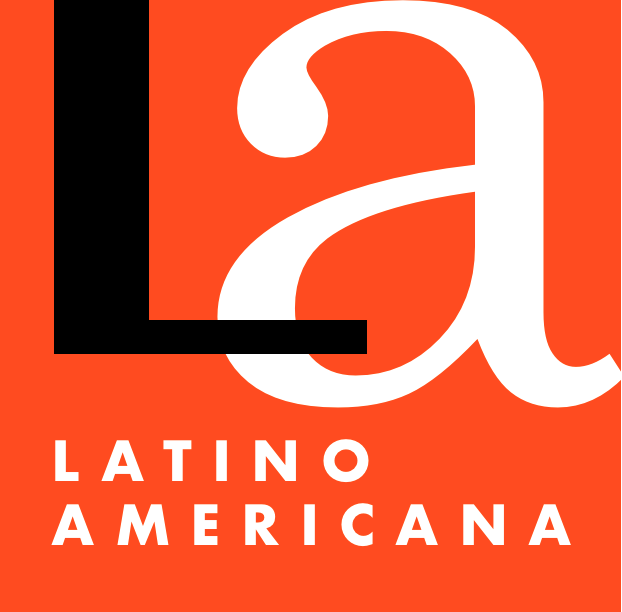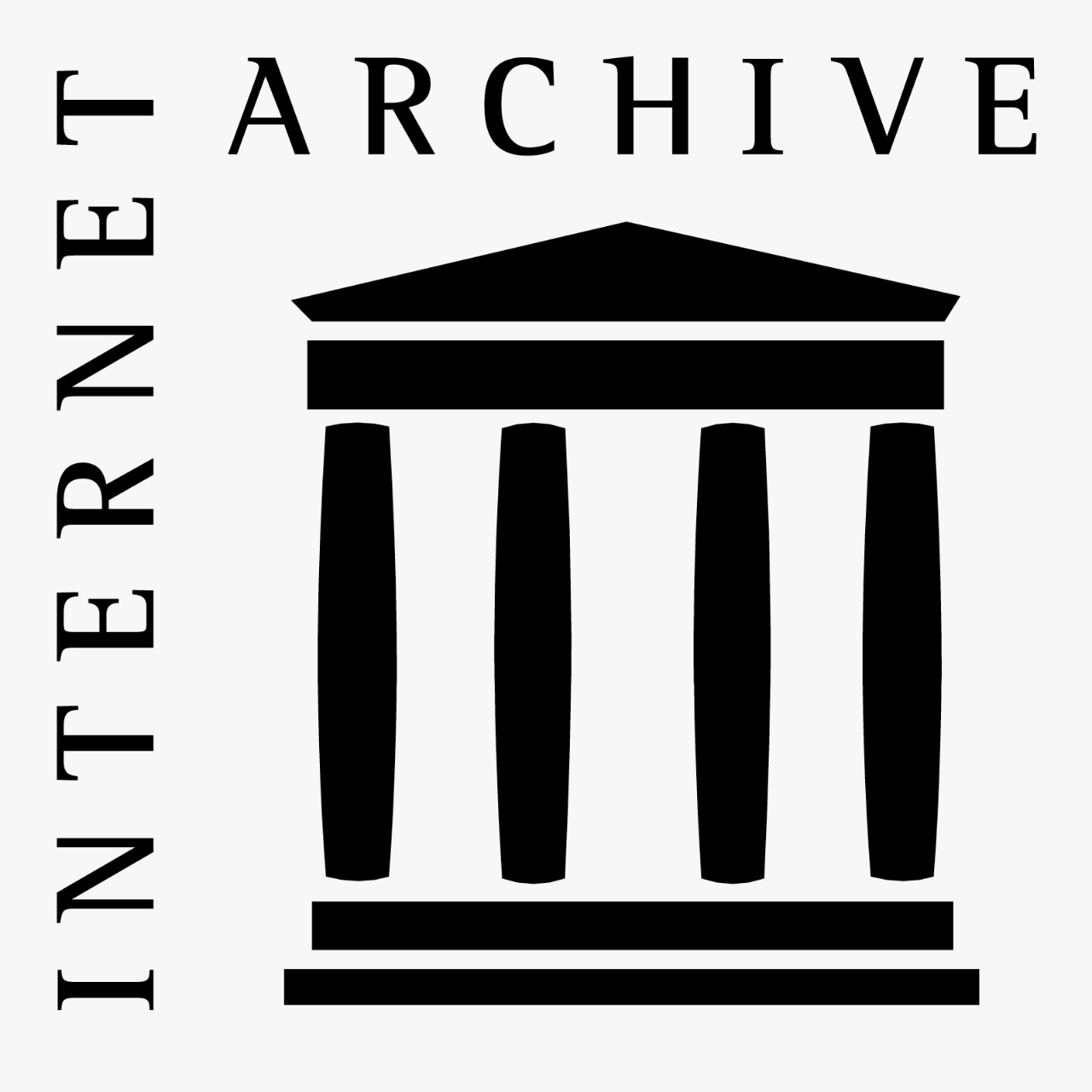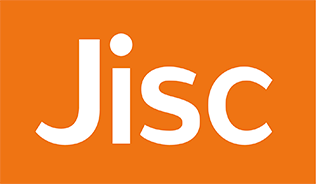Advertising upon request
Feasibility of a new communication model between consumers and entrepreneurs in the furniture industry in Lima
Abstract
Many campaigns and digital media use the consumer's personal data without their prior consent. In this research, a new advertising communication model that represents a paradigm shift is analyzed and evaluated. In the new model, each individual consumer will publish -anonymously- the characteristics of the product they want, and companies in the sector will respond with hyper personalized ads. Advertisers will transparently compete, in two successive rounds, so that the consumer will make an informed decision and will contact the chosen company. The platform will have free access, with a non-profit approach. The aim is for local entrepreneurs and small businesses to become the main advertisers. The objective of the study was to evaluate the level of acceptance that the model would have in the Lima furniture market. The methodology had a quantitative approach with an exploratory scope and the sample was made up of 192 adults from medium and high socioeconomic level in the city of Lima. Additionally, as a complement, 18 local entrepreneurs were included to learn their point of view as potential advertisers. A virtual survey was applied and the results indicate that the perception of usefulness is high, as well as the intention to use, both on the consumers and entrepreneurs’ side. The main benefits associated to the platform were: facilitating the search for personalized products, encouraging competition among advertisers in favor of the consumer and avoiding unwanted advertising. Suggestions for improvement were also collected for future implementation.
Downloads
References
Accenture (2022). La paradoja humana: del foco en el cliente al foco en la persona. https://www.accenture.com/content/dam/accenture/final/a-com-migration/r3-3/pdf/pdf-181/accenture-la-paradoja-humana.pdf.
Álvarez, F. (2022). Informe Conexión Latam, la evolución del consumidor digital latinoamericano. Corte Perú. Ipsos-iab. https://estudioconexionlatam.com/.
Arellano Consultoría (2024). Estudio Consumidor Digital Peruano 2024. https://www.tienda.arellano.pe/p/consumidor-peruano-digital-2024.
Benavides, J., Fernández, E., López de Aguileta, C. (2022). Observatorio de la Publicidad en España 2022. https://www.anunciantes.com/observatorio-la-publicidad/.
Borges, C., Carvalho da Rosa, S., Barth, M. (2024). Publicidade personalizada em plataformas digitais: Análises sobre percepção e aceitação de usuarios. Vozes e Diálogo, 23(1). DOI: 10.14210/vd.v23n1.p1-23.
Capece (2021). Reporte oficial de la industria ecommerce en Perú. Cámara Peruana de Comercio Electrónico. https://www.capece.org.pe/wp-content/uploads/2021/03/Observatorio-Ecommerce-Peru-2020-2021.pdf.
Capgemini Consulting (2016). Hyper-personalization vs. Segmentation: Has big data made customer segmentation redundant? https://www.capgemini.com/consulting-fr/wp-content/uploads/sites/31/2017/08/hyperpersonnalisation_vs_segmentation_english_05-01-2017.pdf.
Chandra, S., Verma, S., Marc Lim, W., Kumar, S., y Donthu, N. (2022). Personalization in personalized marketing: Trends and ways forward. Psychology & Marketing, 39(8). https://doi.org/10.1002/mar.21670.
Chen, S., Wu, Y., Deng, F., Zhi, K. (2023). How does ad relevance affect consumers’ attitudes toward personalized advertisements and social media platforms? The role of information co-ownership, vulnerability, and privacy cynicism. Journal of Retailing and Consumer Services, 73. https://doi.org/10.1016/j.jretconser.2023.103336.
Cheng-Xi Aw, E., Kamal Basha, N., Siew-Imm Ng, Jo-Ann Ho. (2021). Unraveling determinants of webrooming behavior: a qualitative inquirí. International Journal of Business and Society, 22(3). https://doi.org/10.33736/ijbs.4321.2021.
Concytec (2022). Plataforma Vincúlate. Niveles de madurez tecnológica-Technology readiness levels (TRL). https://vinculate.concytec.gob.pe/niveles-de-madurez/#section-TRL.
Cruz García, M. (2022). Los consumidores en línea frente a la publicidad dirigida. Breves consideraciones desde la inteligencia artificial y las tecnologías conexas. Actualidad Jurídica Iberoamericana, 16. https://revista-aji.com/wp-content/uploads/2022/04/59.-Madelin-Cruz-1368-1385.pdf.
De Keyzer, F., Nathalie Dens, N., De Pelsmacker, P. (2022). Let’s get personal: Which elements elicit perceived personalization in social media advertising? Electronic Commerce Research and Applications, 55. https://doi.org/10.1016/j.elerap.2022.101183.
Della Vecchia, N. (2022). Cómo es inDriver: la app en la que el pasajero elige cuánto quiere pagar cada viaje. Forbes, Colombia. https://forbes.co/2022/05/12/negocios/como-es-indriver-la-app-en-la-que-el-pasajero-elige-cuanto-quiere-pagar-cada-viaje/.
Espona, R. (2019). Hiper-personalización: guía para vender más gracias a los datos. IEBS, blog. https://www.iebschool.com/blog/hiper-personalizacion-guia-datos-big-data/.
Fortenberry, J. y McGoldrick, P. (2020). Do billboard advertisements drive customer retention? Expanding the AIDA model to AIDAR. Journal of Advertising Research, 60(2). https://doi.org/10.2501/JAR-2019-003.
Grigorios, L., Magrizos, S., Kostopoulos, I., Drossos, D., y Santos, D. (2022). Overt and covert customer data collection in online personalized advertising: The role of user emotions. Journal of Business Research, 141. https://doi.org/10.1016/j.jbusres.2021.12.025.
Hanson, J., Wei, M., Veys, S., Kugler, M., Strahilevitz, L., Ur, B. (2020). Taking data out of context to hyper-personalize ads: Crowdworkers’ privacy perceptions and decisions to disclose private information. Conference on human factors in computing systems. https://doi.org/10.1145/3313831.3376415.
Hernández-Sampieri, R. y Mendoza, C. (2018). Metodología de la investigación: las rutas cuantitativa, cualitativa y mixta. McGraw Hill.
Hill, S., Ionescu-Somers, A., Menipaz, E. (2023). Global entrepreneurship monitor 2022/2023. Global report: Adapting to a “new normal”. Resumen ejecutivo. https://gemconsortium.org/report/20222023-global-entrepreneurship-monitor-global-report-adapting-to-a-new-normal-2.
IAB Perú (2023). Estudio de inversión en publicidad digital en Perú 2022. PWC. https://iabperu.com/2023/02/16/estudio-de-inversion-en-publicidad-digital-en-peru-2022/.
Ipsos (2021). Informe Consumidor peruano 2021. https://www.ipsos.com/es-pe/consumidor-peruano-2021.
Kronemann, B., Kizgin, H., Rana, N., Dwivedi Swansea, Y. (2022). How AI encourages consumers to share their secrets? The role of anthropomorphism, personalisation, and privacy concerns and avenues for future research. Spanish Journal of Marketing-ESIC, 27(1). https://www.emerald.com/insight/content/doi/10.1108/SJME-10-2022-0213/full/html.
Maddodi, S., Kumar, G. S. (2020). Artificial intelligence and hyper-personalization for improving customer experience. Dogo Rangsang Research Journal, 10(6). DOI: 10.46528/DRSRJ.2020.V10I06N05.02.
Máñez, R. (2020). Modelo AIDA: Qué es y cómo aplicar esta técnica de ventas [Ejemplos]. https://rubenmanez.com/metodo-aida-marketing/.
Marquez, J. (2023). Un futuro en el que los anuncios estén diseñados por IA está cada vez más cerca. Al menos en Japón. Xataca. https://www.xataka.com/robotica-e-ia/futuro-que-anuncios-esten-disenados-ia-esta-cada-vez-cerca-al-japon.
Ministerio de la Producción (2023a). En el Perú hay más de 102 mil emprendedores formales. Nota de prensa. https://www.gob.pe/institucion/produce/noticias/742770-en-el-peru-hay-mas-de-102-mil-emprendedores-formales.
Ministerio de la Producción (2023b). Tu empresa-ruta digital productiva. Programa de capacitación. https://rutadigital.produce.gob.pe/.
Ministerio de la Producción (2024). Las Mipyme en cifras 2022. Estudios económicos. https://ogeiee.produce.gob.pe/index.php/en/shortcode/oee-documentos-publicaciones/publicaciones-anuales/item/1170-las-mipyme-en-cifras-2022.
Montalvo, J., Paredes, B., Muñiz, B. (2023a). Encuesta virtual para consumidores. https://docs.google.com/forms/d/e/1FAIpQLSfSIhk6MB9Y8tlrXXBNwOI1HDsFvs0VU5jp2BrgFA7QAnoLbA/viewform
Montalvo, J., Paredes, B., Muñiz, B. (2023b). Encuesta virtual para emprendedores. https://docs.google.com/forms/d/e/1FAIpQLSeFOR4z169Xw-s14nPLsS_j-jHjSmlx8RlehqzwoT8SDXsCcA/viewform
Nano, P. y Rodrigo, C. (2023). Cómo (y por qué) poner la personalización de los anuncios en el centro de tu estrategia. https://www.thinkwithgoogle.com/intl/es-419/futuro-del-marketing/creatividad/personalizacion-anuncios-estrategia/.
Ogilvy, D. (1984). Ogilvy & la publicidad. Folio.
Osterwalder, A., Pigneur, Y., Bernarda, G. y Smith, A. (2015). Diseñando la propuesta de valor. Deusto.
Pérez Pérez, R. M. (2020). El “dataísmo” como fundamento de la publicidad digital personalizada. Ciencia y Sociedad, 45(4). https://doi.org/10.22206/cys.2020.v45i4.pp107-118.
PimCity (2020). Construyendo las plataformas de datos personales de próxima generación. https://www.pimcity-h2020.eu/.
Poell, T., Nieborg, D., van Dijck, J. (2022). Plataformización. Revista Latinoamericana de Economía y Sociedad Digital. 3(1). DOI: 10.53857/TSFE1722
Polo, F., Polo, J.L. (2012). #Socialholic. Todo lo que necesitas saber sobre marketing en medios sociales. Gestión 2000.
Sánchez, J. (2006). Un dúo inseparable: planning y media planning en Argentina. En: Cooper, A. (comp.), Planning: cómo hacer el planeamiento estratégico de las comunicaciones (231-235), Thomson.
Santos, D. (2023). Qué es la publicidad: tipos, características y ejemplos. Blog. HubSpot. https://blog.hubspot.es/marketing/definicion-publicidad.
Slavkova, E. (2023). Exploration of effective methodologies for web personalization. Postmodernism Problems, 13(3). https://doi.org/10.46324/PMP2303321.
Stocks, K. (2024). Dejar de usar cookies de terceros, solo datos propios: 3 claves de medición para impulsar el crecimiento de tu negocio en 2024. https://www.thinkwithgoogle.com/intl/es-419/estrategias-de-marketing/datos-y-mediciones/medicion-y-privacidad-2024/.
Strycharz, J. y Segijn, C. (2022). The future of dataveillance in advertising theory and practice. Journal of Advertising, 51(5). https://doi.org/10.1080/00913367.2022.2109781.
Vallmaña, L. (2020). La publicidad digital hiperpersonalizada en la industria de la moda. Colegio de la Abogacía de Barcelona (ICAB). https://www.icab.es/es/actualidad/noticias/noticia/La-publicidad-digital-hiperpersonalizada-en-la-industria-de-la-moda/.
Weber, L. (2010). Marketing en las redes sociales. McGraw Hill.
Zhu, Yu-Qian; Kanjanamekanant, K., Chiu, Yi-Te (2023). Reconciling the Personalization-Privacy Paradox: Exploring Privacy Boundaries in Online Personalized Advertising. Journal of the Association for Information Systems, 24(1). DOI: 10.17705/1jais.00775.
Zúñiga Vásquez, F. G., Mora Poveda, D. A. y Molina Mora, D. P. (2023). La importancia de la inteligencia artificial en las comunicaciones en los procesos marketing. Vivat Academia, 156. http://doi.org/10. 15178/va.2023.e1474.
Copyright (c) 2025 Jorge Montalvo Castro, Berta Paredes-Maibach, Beatriz Muñiz-Iturburu

This work is licensed under a Creative Commons Attribution-NonCommercial-ShareAlike 4.0 International License.
The authors retain the copyright and guarantee the journal the right to be the first publication of the work. In case that a translation of the article already published in Austral Comunicación can be published in another journal, it is requested to record the original publication in the translated version.
The license used is CC BY-NC-SA, which allows sharing (copying and redistributing the material in any medium and format) and adapting (remixing, transforming and building on the material) under the following terms: attribution (acknowledge authorship) and non-commercial (the material cannot be used for commercial purposes). Update: February 1, 2022.
Austral Comunicación allows the author (s) to retain the publication rights without restrictions.



